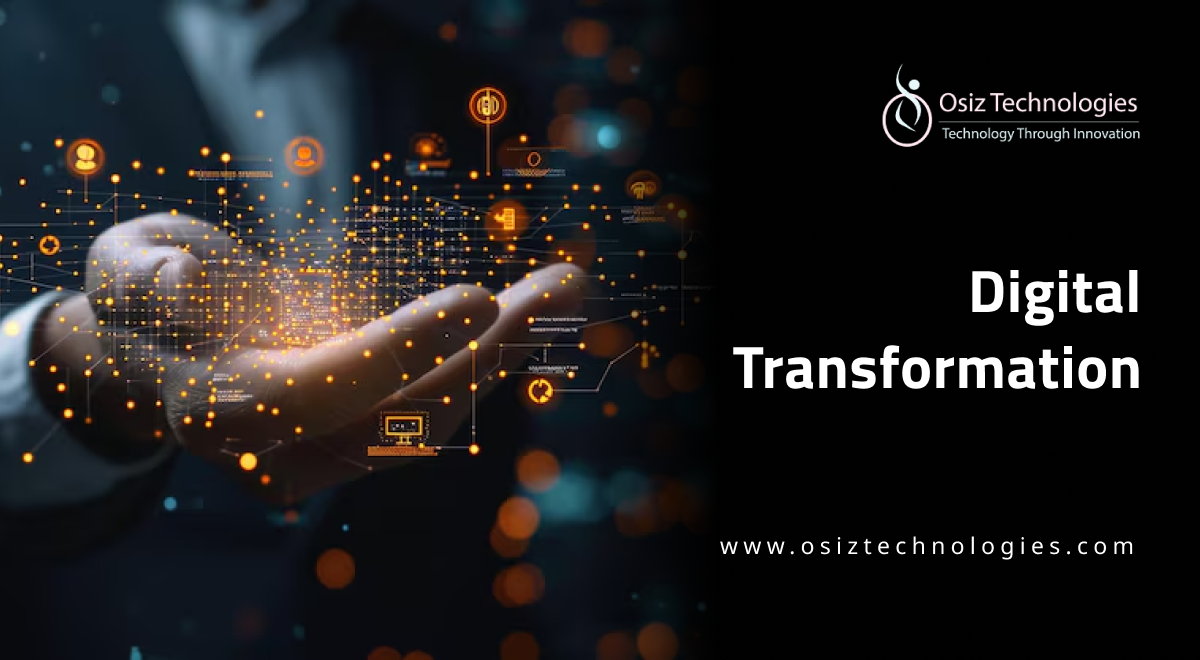In the rapidly evolving landscape of finance, the concept of tokenizing traditional financial assets, also known as real-world asset (RWA) tokenization, has emerged as a game-changer. By converting tangible assets into digital tokens on the blockchain, we can enhance liquidity, accessibility, and efficiency in asset management. This article delves into the intricacies of RWA tokenization, exploring its benefits, challenges, and the future of smart bonds in decentralized finance (DeFi).
Understanding Real-World Asset Tokenization
Real-world asset tokenization refers to the process of creating digital representations of physical assets, such as real estate, commodities, or bonds, on a blockchain. This innovative approach allows for fractional ownership, enabling more people to invest in high-value assets that were previously out of reach. For instance, a luxury property can be tokenized, allowing multiple investors to own a share of it, thereby democratizing access to real estate investments.
The Mechanics of Tokenization
Tokenization involves several key steps:
-
Selecting the Asset: Identify the asset to be tokenized, ensuring it has a clear market value.
-
Defining Token Specifications: Determine the token's characteristics, such as supply, ownership rights, and transferability.
-
Integrating Oracles: Use oracles to connect the token to real-world data, ensuring accurate pricing and compliance.
-
Issuing Tokens: Deploy the tokens on a chosen blockchain, making them available for trading.
This structured approach ensures that tokenized assets maintain their value and integrity, providing a reliable investment vehicle.
Benefits of Tokenized Real-World Assets
Tokenizing real-world assets offers numerous advantages:
-
Enhanced Liquidity: Tokenized assets can be traded 24/7 on various platforms, providing liquidity that traditional markets often lack.
-
Fractional Ownership: Investors can buy fractions of high-value assets, lowering the barrier to entry.
-
Instant Transferability: Blockchain technology allows for immediate transactions without the need for intermediaries.
-
Programmable Rights: Smart contracts can automate processes, such as dividend payments or voting rights, enhancing efficiency.
Smart Bonds: The Future of Debt Financing
Smart bonds are a revolutionary application of RWA tokenization. These blockchain-based bonds automate the issuance and management of debt instruments, streamlining the entire process. By utilizing smart contracts, issuers can ensure that interest payments and principal repayments are executed automatically, reducing administrative costs and errors.
Challenges in RWA Tokenization
Despite its potential, RWA tokenization faces several challenges:
-
Regulatory Compliance: Navigating the complex landscape of financial regulations can be daunting for tokenization platforms.
-
Valuation Issues: Accurately assessing the value of physical assets can be challenging, especially in volatile markets.
-
Technological Barriers: Not all traditional financial institutions are equipped to integrate blockchain technology into their operations.
Tokenization Platforms Leading the Charge
Several platforms are at the forefront of RWA tokenization, transforming how we view traditional assets:
-
QuickNode: This platform is known for its ability to convert various traditional assets into digital tokens, enhancing liquidity and accessibility.
-
Chainlink: By providing reliable oracles, Chainlink ensures that tokenized assets maintain their value and compliance with market conditions.
-
Elliptic: This platform focuses on the security and compliance aspects of RWA tokenization, ensuring that all transactions are transparent and trustworthy.
Decentralized Finance (DeFi) and RWAs
Decentralized finance has revolutionized how we interact with financial assets. By integrating RWAs into DeFi ecosystems, investors can leverage their tokenized assets for various financial activities, such as lending, borrowing, and trading. This not only increases the utility of these assets but also enhances their liquidity.
Proof of Reserve Tokenization
Proof of reserve tokenization is a critical aspect of ensuring trust in the tokenization process. By providing verifiable evidence that a token is backed by a physical asset, platforms can instill confidence in investors. This transparency is vital for attracting institutional investors who prioritize security and compliance.
Asset-Backed Tokens: A New Investment Avenue
Asset-backed tokens represent a significant shift in investment strategies. By allowing investors to hold tokens that are directly linked to physical assets, such as real estate or commodities, these tokens provide a stable and tangible investment option. This approach mitigates the volatility often associated with cryptocurrencies.
Tokenized Commodities and Real Estate
Tokenized commodities and real estate are two of the most promising applications of RWA tokenization. For example, a gold bar can be tokenized, allowing investors to buy and sell fractions of it, thus democratizing access to precious metals. Similarly, tokenized real estate allows for collective ownership of properties, making real estate investment more accessible.
Ensuring Compliance in Tokenization
Compliance is a crucial aspect of RWA tokenization. As the regulatory landscape continues to evolve, tokenization platforms must stay abreast of changes and ensure that their processes align with legal requirements. This may involve working closely with legal experts and regulatory bodies to ensure that all tokenized assets meet compliance standards.
Conclusion: Embracing the Future of Finance
Tokenizing traditional financial assets is not just a trend; it is the future of finance. By leveraging blockchain technology, we can create a more inclusive, efficient, and transparent financial system. As the landscape continues to evolve, investors and institutions need to adapt and embrace these changes. If you're interested in exploring the world of RWA tokenization and smart bonds, connect with Osiz Technologies, a leading Token Development Company, to learn more about how we can help you navigate this exciting frontier.
Listen To The Article
Recent Blogs

X-Mas 30%
Offer











